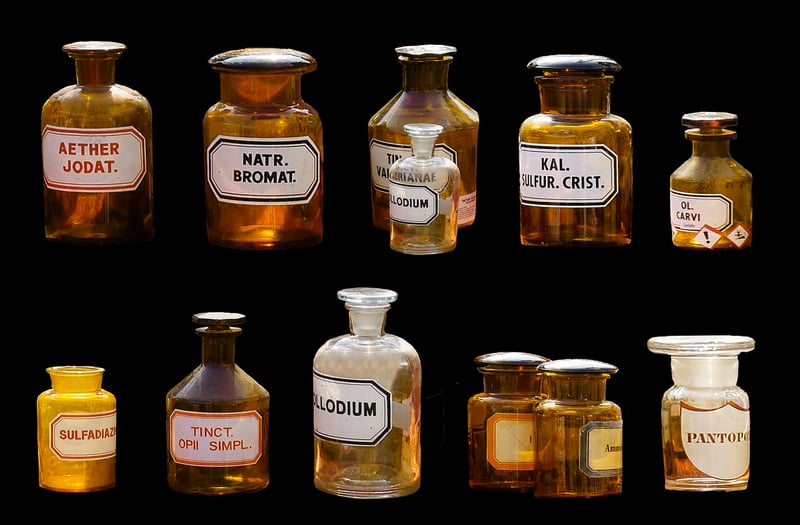Cooking Chemistry
Exploring the Chemistry Behind Cooking and Food Properties
When it comes to cooking, understanding the science behind food properties and the chemical reactions that take place during the cooking process can elevate your culinary skills to new heights. Let's delve into the fascinating world of cooking chemistry and how it impacts the food we enjoy.
Maillard Reaction: The Secret to Flavorful Browning
One of the most well-known chemical reactions in cooking is the Maillard reaction. This reaction occurs when amino acids and reducing sugars are subjected to heat, resulting in the browning of foods like seared steaks, toasted bread, and roasted coffee beans. The Maillard reaction not only creates enticing aromas and flavors but also enhances the visual appeal of dishes.
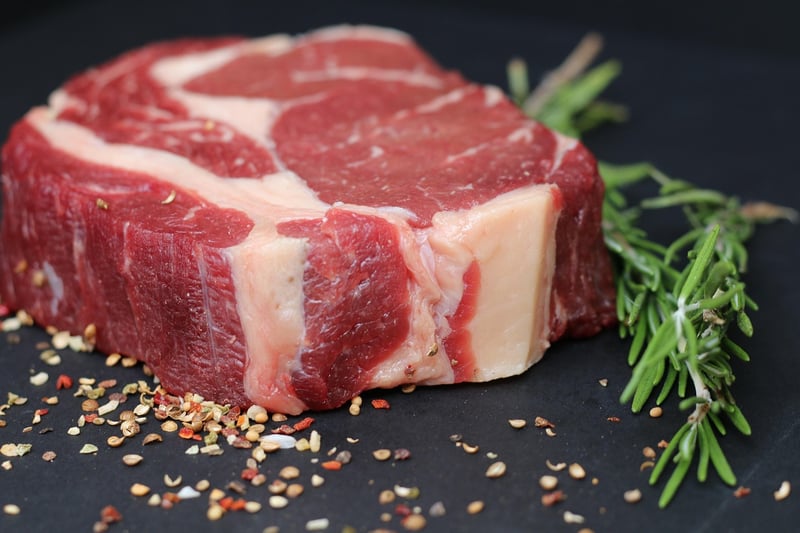
Emulsions: The Science of Stable Mixtures
Emulsions play a crucial role in creating creamy sauces, salad dressings, and mayonnaise. These stable mixtures are formed when two immiscible liquids, such as oil and water, are combined with the help of an emulsifier. Emulsions rely on the principles of surface tension and the distribution of molecules to stay mixed together.
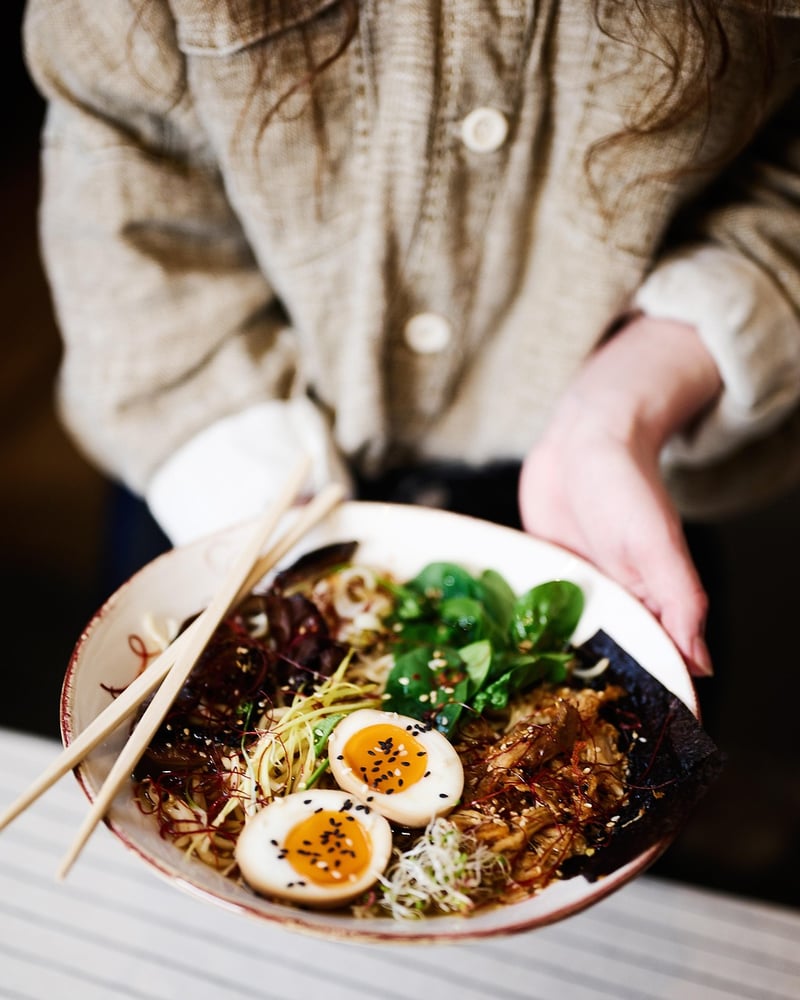
Fermentation: Transforming Flavors Through Microbes
Fermentation is a natural process that involves the breakdown of carbohydrates by microorganisms like yeast and bacteria. This transformative process not only preserves food but also enhances its flavors and textures. From sourdough bread to kimchi, fermentation is responsible for creating a wide range of beloved foods.
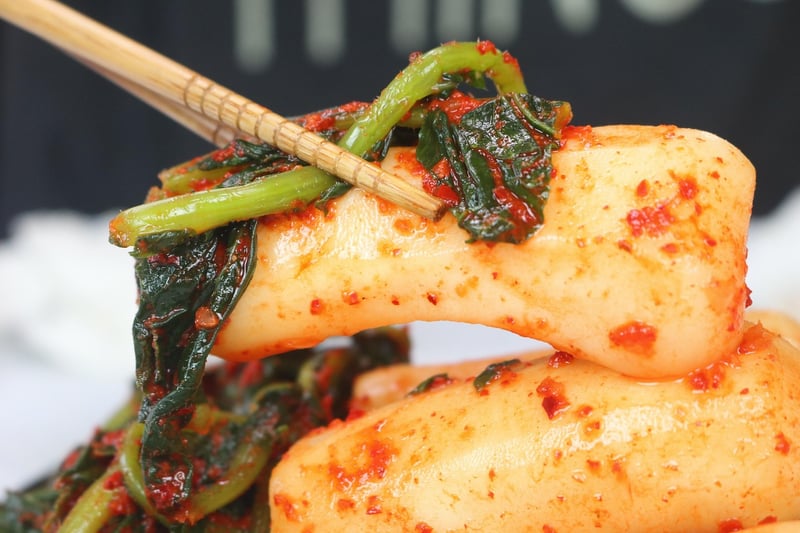
Caramelization: Unleashing Sweetness Through Heat
Caramelization occurs when sugars are heated to high temperatures, leading to the browning and development of complex flavors. This reaction is commonly seen when making caramel, toasting marshmallows, or baking sweet desserts. The rich and nutty notes produced through caramelization add depth to a variety of dishes.
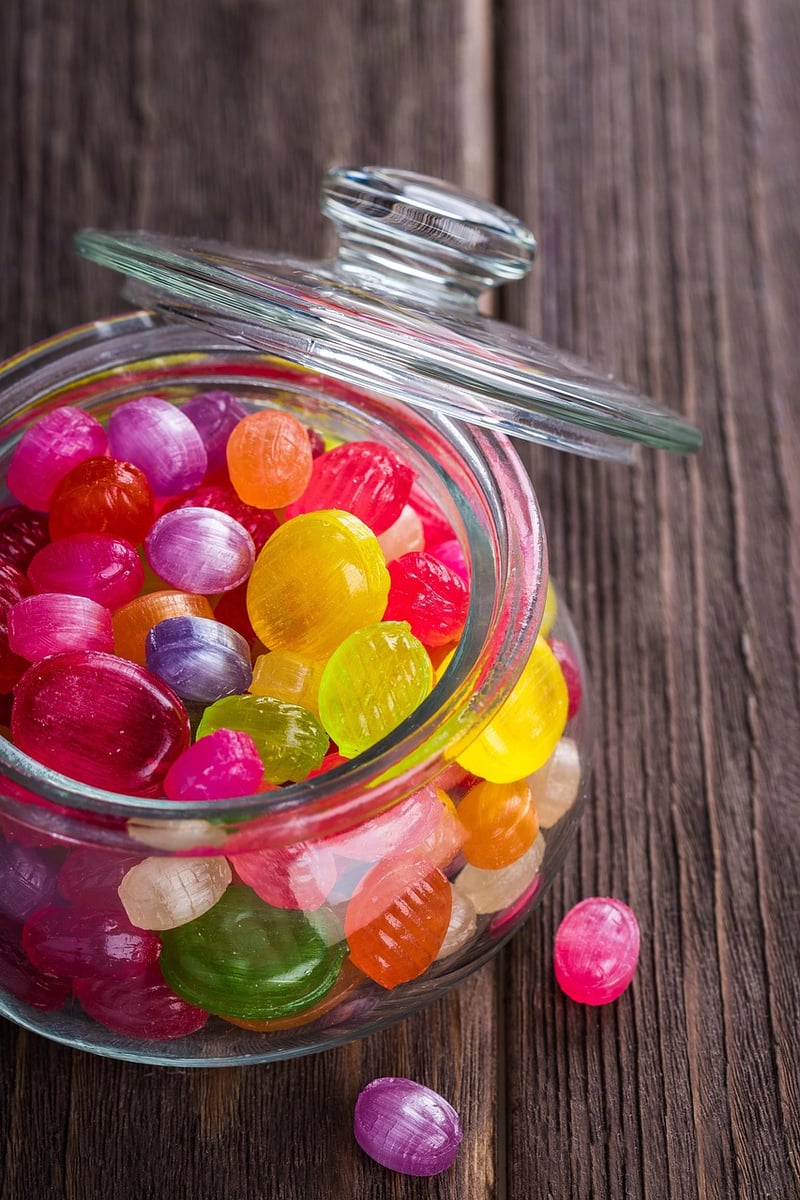
Conclusion
By uncovering the chemistry behind cooking techniques and food properties, you can not only become a more skilled cook but also appreciate the intricate processes that occur in the kitchen. Experimenting with different ingredients, temperatures, and cooking methods will allow you to harness the power of chemistry to create delicious and memorable dishes.
So next time you're in the kitchen, remember that there's a world of science sizzling behind the stove, waiting for you to explore!
